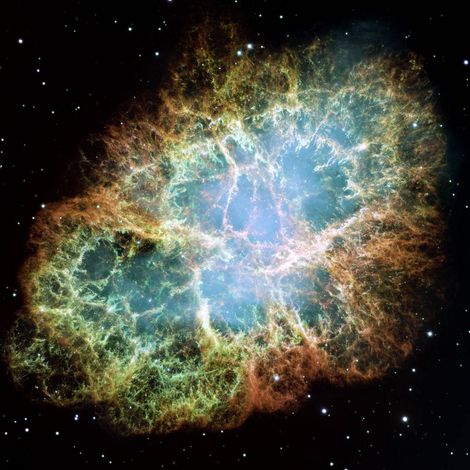Neutron Stars
Neutron Stars
Neutron stars
A neutron star is an extremely dense star with a mass of 1-2 solar masses at a radius of only 10-20 km. Generally, there is an upper limit to the mass, but a rapidly rotating neutron star can be heavier than a slowly rotating one. Rotation deforms it somewhat, increasing its circumference at the equator. The rotation also leads to a moment of inertia I and a so-called quadrupole moment Q. Important relations are found between moments of inertia, the quadrupole moments and the Love numbers, which describe the deformability of the neutron star. These relations are called: I-Love-Q.
If you are interested in writing a thesis in this or a similar field, please contactProf. Dr. Jutta Kunz, Dr.Burkhard Kleihaus,Dr. Jose Luis Blazquez orDr. Saskia Grunau.

